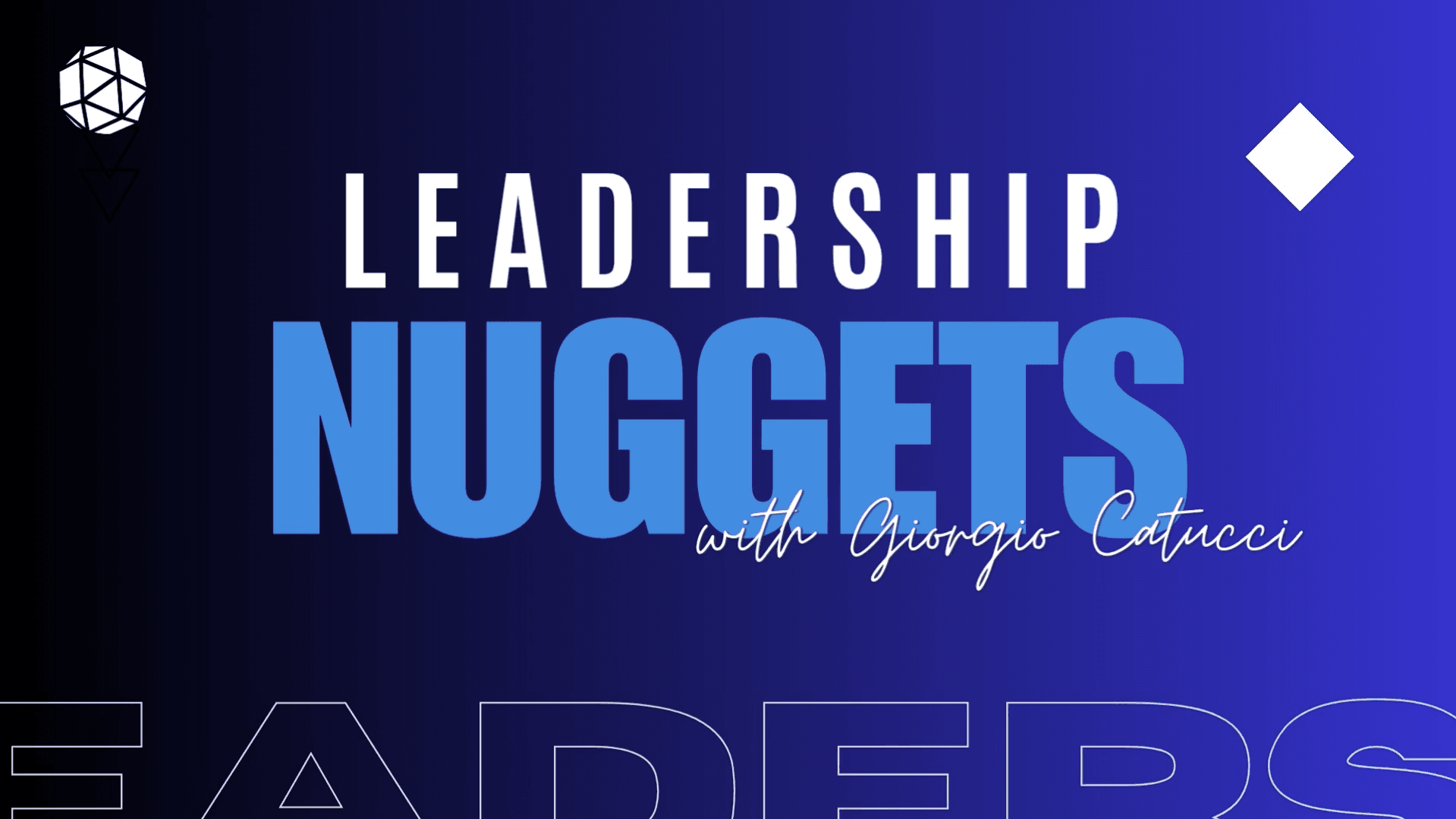Leaders, Are You Over-loading Your People?

Taking multitasking to task
“Work smarter, not harder” is a common exhortation by chief executive officers (CEOs). Another common directive is “do more with less”. But how?
These are simplistic slogans that masquerade as management insights with worrying frequency. It is not the “what” but the “how” that often matters more.
Just take a look at your calendar. Is your day programmed with meetings and events without a moment to spare?
It is not about squeezing out more and more activities during the day, but what you put into your day that is more important.
Brain matter
Mental exhaustion is not conducive to breakthrough ideas or insights. A state of constant busyness is like acceleration without direction.
As a well-known neuroscientist said:
“You waste years by not being able to waste hours.”
Creativity and innovation need to be nourished by thinking time. It cannot be measured directly but can lead to immeasurable impact.
Top management needs to reflect on whether creating mental traffic jam for employees by squeezing even more tasks into a limited time creates the conditions for breakthrough ideas, customer centricity and all the important things expected from employees.

Unmasking multitasking
Embedded in the “doing more with less” and “working smarter, not harder” mantras is the holy grail of multitasking. Multitasking is a myth. Research has shown that multitasking actually makes us more inefficient.
The brain does not do things simultaneously. What actually happens is that activities are conducted sequentially for brief periods of time that makes it appear that they are being done simultaneously. Instead of saving time, you actually end up wasting time.
Productivity is not linear. Fatigue sets in with longer hours. Mistakes are more likely, and the quality of decision-making declines.
It is fine once in a while, but creativity and mastery of complex problems come from a rested, not an exhausted, mind. Being busy and sleep-deprived makes people feel important, but quality suffers. The irony is that you sometimes work best when you are not working.
This might interest you: The Importance Of Doing Nothing
What leaders can do
Instead of lamenting about poor employee engagement and exhorting employees to work smarter, companies can create an environment enabling greater focus, leading to sustained improvements in productivity.
A McKinsey Global Institute Study found that employees spend 28% of their workweek checking emails. Bain, another consulting firm, found that in a sample of large firms, managers spent 15% of their time in meetings, with senior managers spending two days a week in meetings.
Here are a few simple tips for email management and meetings:
- Ban internal emails between 10pm and 7am, for example. This is already being done by some companies so both managers and employees can disconnect and not feel guilty about it.
- Auto-delete all incoming internal emails while on vacation, except for client e-mails. Imagine coming back from the holidays to a relatively clean inbox. Colleagues have to either sort the problem out while you are away or wait until you come back.
- Disable “Reply all” or disable it one or two days a week. Cutting down the volume of email traffic will make a difference. Indiscriminately copying everyone, often to protect oneself, is distracting and unproductive.
- Ban all internal meetings on a particular day of the week.
- Institute a rule that no meeting can last for more than one hour. Most long meetings are unproductive. Brevity forces focus.
Recommended for you: The Art Of Multitasking… Or Not?
In conclusion
Reducing these interruptions, creating space for focus and improving the ability to recharge through sensible institutional policies will do more to improve productivity and engagement than pithy slogans.
Wellness programmes and other actions have limited value when energy-depleting activities are allowed to continue. It is hard to fill a glass with water that has a leak at the bottom.
CEOs need to lead with concrete actions to reduce these time leakages. Will they have the courage to do so?
Sanjeev Nanavati is a senior faculty of Leaderonomics. He is also a senior advisor to multiple firms. He also coaches C-suite executives to improve their performance. He was the longest-serving CEO of Citibank Malaysia. To leverage the author for your training needs, send an email to training@leaderonomics.com.
This article was first published in The Business Times.
Leadership
Tags: Competence
This article is published by the editors of Leaderonomics.com with the consent of the guest author.





